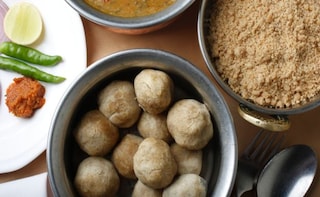Way before Pokeman and Harry Potter, there was a generation of Indians who had grown up on Amar Chitra Katha comics.
Advertisement
Advertisement
Advertisement
Advertisement
For the latest food news, health tips and recipes, like us on Facebook or follow us on Twitter and YouTube.
Advertisement
